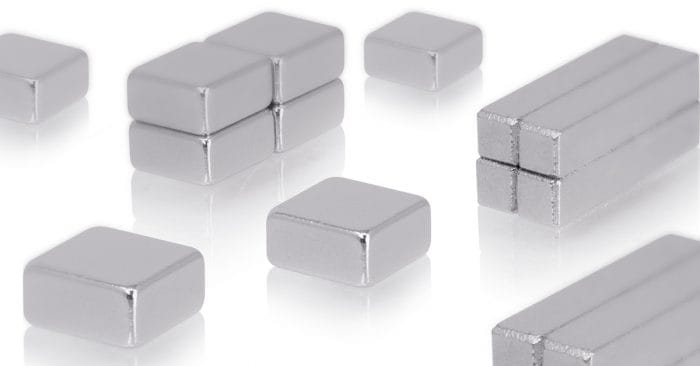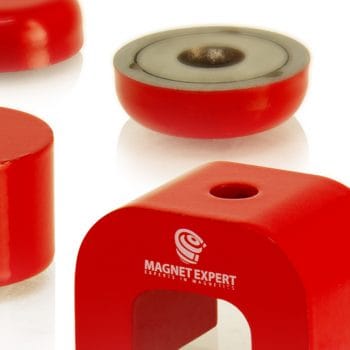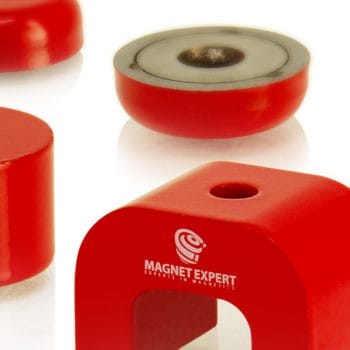Samarium cobalt magnets are widely produced and the permanent magnets are primarily made up of samarium and cobalt but some grades will also contain varying small amounts of iron (Fe), copper (Cu), hafnium (Hf), zirconium (Zr) and praseodymium (Pr).
A number of common manufacturing processes can be used to produce samarium cobalt magnets but typically, a method of reduction and melting is used followed by a process of bonding or sintering the raw material to form the magnet.
Bonded Samarium Cobalt Magnets
.
.
Step 1 – Heated
Firstly, the raw materials required to produce a samarium cobalt magnet are heated in an induction furnace filled with argon gas and melted to form the alloy material.
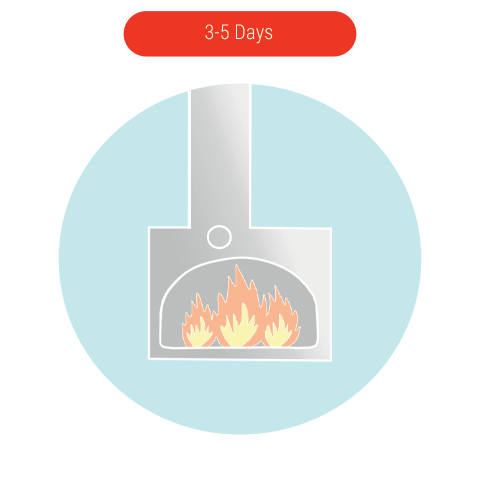

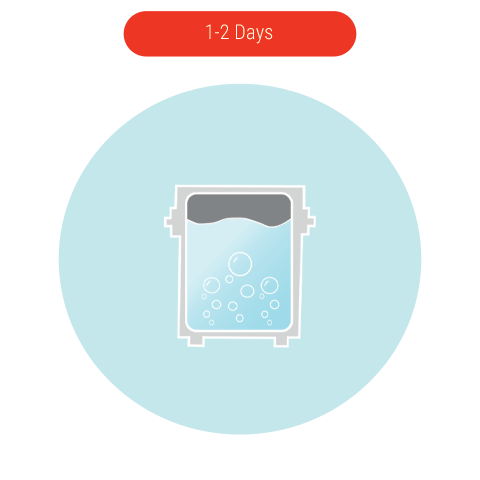
.
.
Step 2 – Milling
Next, the liquid alloy is then poured into moulds and cooled with water to form ingots. Once the ingots have cooled they are then broken down, ground and milled to produce tiny particles.

Step 3 – Mixing
As an alternative to sintering, the alloy powder is mixed with a binding chemical such as an epoxy resin, die pressed and heated in the presence of an externally applied magnetic field to orientate the particles.
As a result, most bonded samarium cobalt magnets are anisotropic but typically have a lower maximum energy value than sintered samarium cobalt magnets.
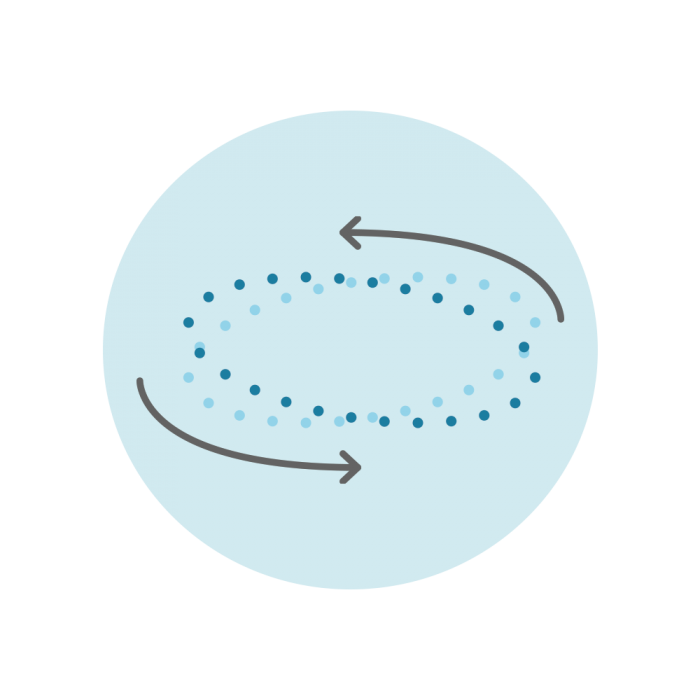

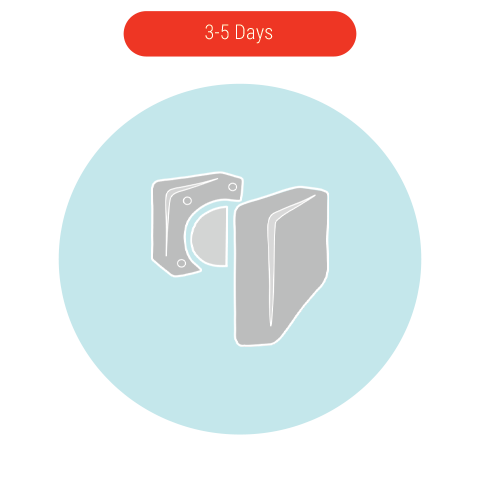
.
.
Step 4 – Pressed & Coated
Typically, bonded samarium cobalt magnets don’t require any additional machining as they are pressed into their desired form.
The final step is for the magnets to be coated if a coating is required and then magnetised using an externally applied magnetic field.

Sintered Samarium Cobalt Magnets
The first two steps for creating sintered samarium cobalt magnets are identical to the first two steps in manufacturing the bonded form. The process differs at step three, where we will pick up here:
.
Step 3 – Sintered
As an alternative to bonding the alloy particles using a binding chemical, the powder is pressed into a die and sintered at a temperature up to 1250˚C, fusing the powder into a solid.
The sintered material is then given a solution treatment at similar temperatures before being tempered between 700˚C and 900˚C, and then cooled in the presence of an externally applied magnetic field.


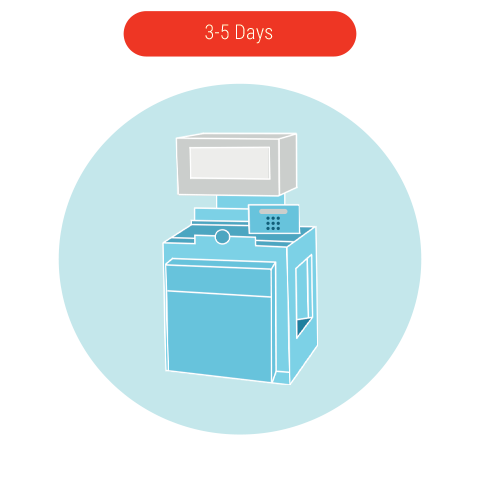
.
Step 4 – Machining
The next process in manufacturing a sintered samarium cobalt magnet is machining and grinding.
Unlike the bonded form, a level of grinding and finishing is required and must be done using water-cooled diamond-coated grinding machinery as the material is very hard and brittle and the dust produced highly flammable.

.
.
.
Step 5 – Coated & Magnetised
The final process sees the formed magnet is then coated and magnetised.
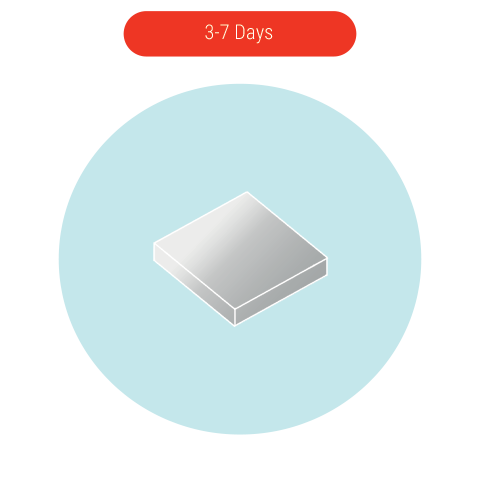
Finally, every magnet sold by FIRST4MAGNETS is quality assured before it is dispatched to the customer to be used in hundreds of different applications.
If you have any questions or queries then be sure to get in touch with our team of experts who are available on 0845 519 4701 or sales@magnetexpert.com and are always happy to help.

